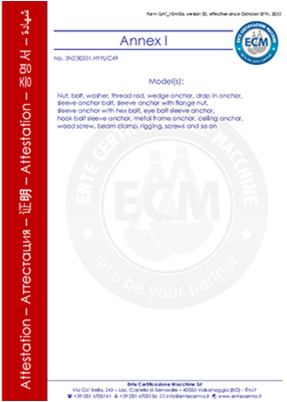Aug . 09, 2024 05:25 Back to list
Innovative Solutions for Securing I-Beam Tube Clamps in Construction and Industrial Applications
Understanding I-beam Tube Clamps A Comprehensive Overview
I-beam tube clamps have gained significant recognition in various industrial applications due to their robust design and versatility. These clamps are essential for securing pipe or tube structures to I-beams, providing stability and support in construction, manufacturing, and mechanical systems. This article delves into the importance, features, applications, and types of I-beam tube clamps.
Understanding I-beam Tube Clamps A Comprehensive Overview
The design of I-beam tube clamps typically involves steel or other high-strength materials to ensure they can endure significant stress and load without deforming or breaking. The clamps come in various sizes and configurations to accommodate different pipe diameters and I-beam dimensions. They usually feature adjustable components that allow for a precise fit, ensuring a tight grip regardless of the application. Additionally, many I-beam tube clamps have corrosion-resistant coatings, protecting them from environmental factors in outdoor and industrial settings.
i beam tube clamp

One of the primary applications of I-beam tube clamps is in the construction industry. These clamps are often employed in building frameworks, HVAC systems, and piping installations where stability and alignment are vital. They facilitate the quick and efficient installation of support systems, significantly reducing labor time and improving overall project timelines. For instance, in large industrial plants, I-beam tube clamps are crucial for supporting extensive piping and ductwork, preventing sagging and misalignment that can lead to system failures.
In addition to construction, I-beam tube clamps find utility in various manufacturing processes. For example, they are widely used in assembly lines and production facilities to create fixed supports for conveyors, electrical cables, and pneumatic tubes. Their application extends to racking systems where stability is necessary for storing heavy goods. Furthermore, I-beam clamps are used in the energy sector, particularly in solar panel installations where the rigid support of piping is essential for optimal performance.
When discussing I-beam tube clamps, it’s essential to note the different types available on the market. Standard U-clamps, for instance, provide a simple and effective solution for securing tubes to I-beams. Heavy-duty clamps are designed for high-load applications and provide additional strength and durability. There are also adjustable clamps with movable parts that allow for easy repositioning of pipes or tubes, which can be particularly beneficial in dynamic settings where adjustments are frequently required.
In summary, I-beam tube clamps play a vital role in modern engineering and construction practices. Their ability to provide sturdy and reliable support for various applications makes them indispensable in many industries. As advancements in manufacturing techniques continue to evolve, we can expect even greater innovations in the design and functionality of I-beam tube clamps, ensuring they meet the ever-changing demands of engineering and construction projects. Whether it's securing frameworks in high-rise buildings or supporting vital piping in manufacturing facilities, I-beam tube clamps will remain a fundamental component in creating safe and efficient structures.
-
The Ubiquitous Reach of DIN934 in Application Realms
NewsMay.16,2025
-
Exploring Different Bolt Types
NewsMay.16,2025
-
Cracking the Code of Sleeve Anchor Mastery
NewsMay.16,2025
-
Clamp Design Principles,Types and Innovations
NewsMay.16,2025
-
Artistry Inspired by the Humble Anchor Bolt
NewsMay.16,2025
-
A Deep Dive into Screw Types
NewsMay.16,2025


